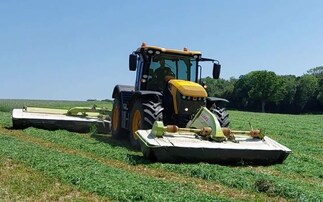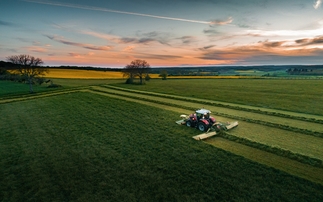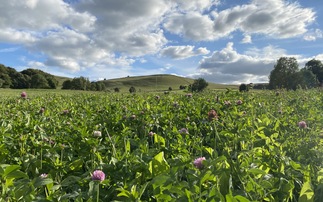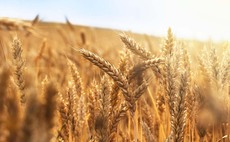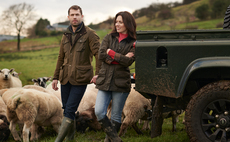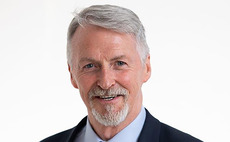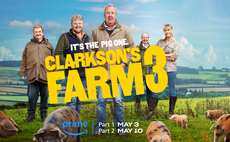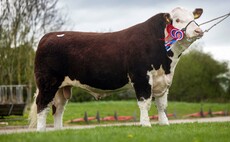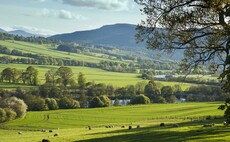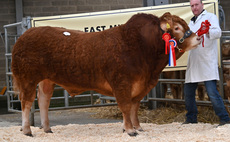
Founded in 1905 to solve the emerging famine in Europe, Yara, known as Norsk Hydro back then used an environmentally friendly source of energy in hydroelectric power to produce its first fertiliser, 15.5% nitrogen. Our company has evolved over the last 115 years but our mission to responsibly feed the world and protect the planet still reflects what our forefathers aimed to achieve.
Through the years, manufacturing fertiliser using hydroelectric power became uncompetitive by the introduction of low cost fossil energy and so Yara converted its energy sources to natural gas. Committed to tackling climate change and being net zero by 2050 we are now looking to revert to green energy and aim to produce green ammonia by 2025. Yara have also installed catalytic abatement technology in our factories which reduces nitrous oxide emissions by 90%.
Yara is not only interested in reducing its emissions at factory level but at field level too. By working together with famers we have produced digital farming tools such as the Yara N-Sensor, BT N-Tester and at farm which are available to famers to increase nitrogen use efficiency (NUE) and ensure fertiliser is being placed where the crop needs it.
Yara is determined to play its part in addressing climate change and we believe that by working with farmers to address emissions from agriculture we can make a positive contribution and help feed the world responsibly.
Word from the sponsor
Yara fertiliser solutions help farmers increase yield in a sustainable manner. For over 115 years the company's focus has been to be a leading crop nutrition provider specializing in nitrogen, NPKS fertilisers, foliar micronutrients and digital farming tools. Yara are proud to support #FarmingCAN and help demonstrate how agricultural industry and farming is tackling climate change.













